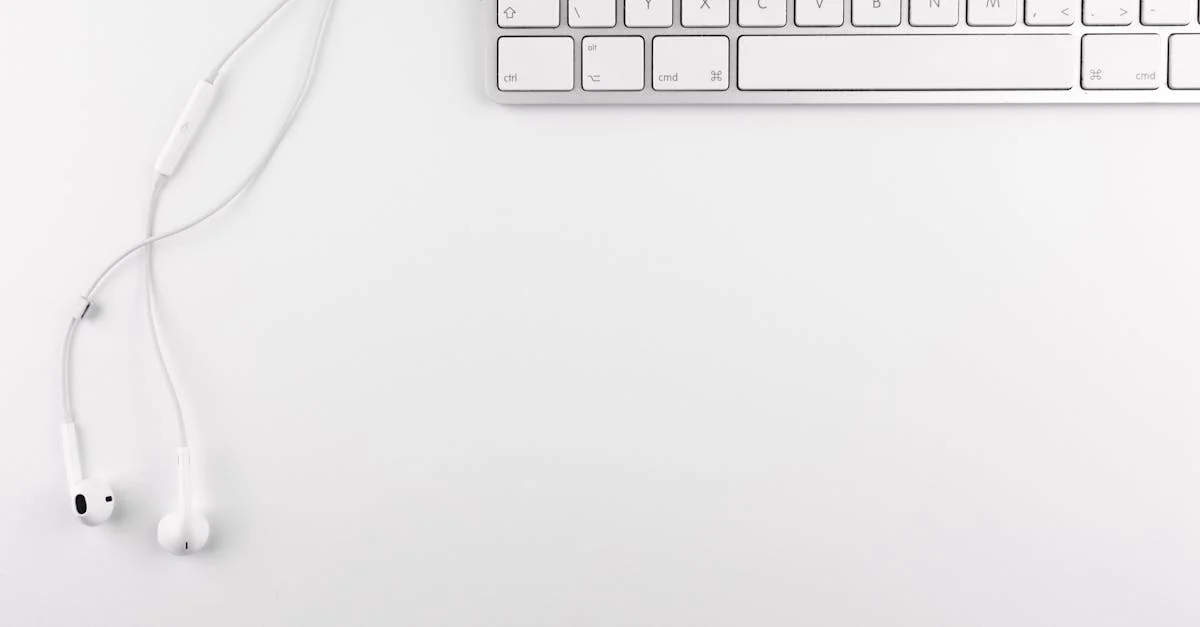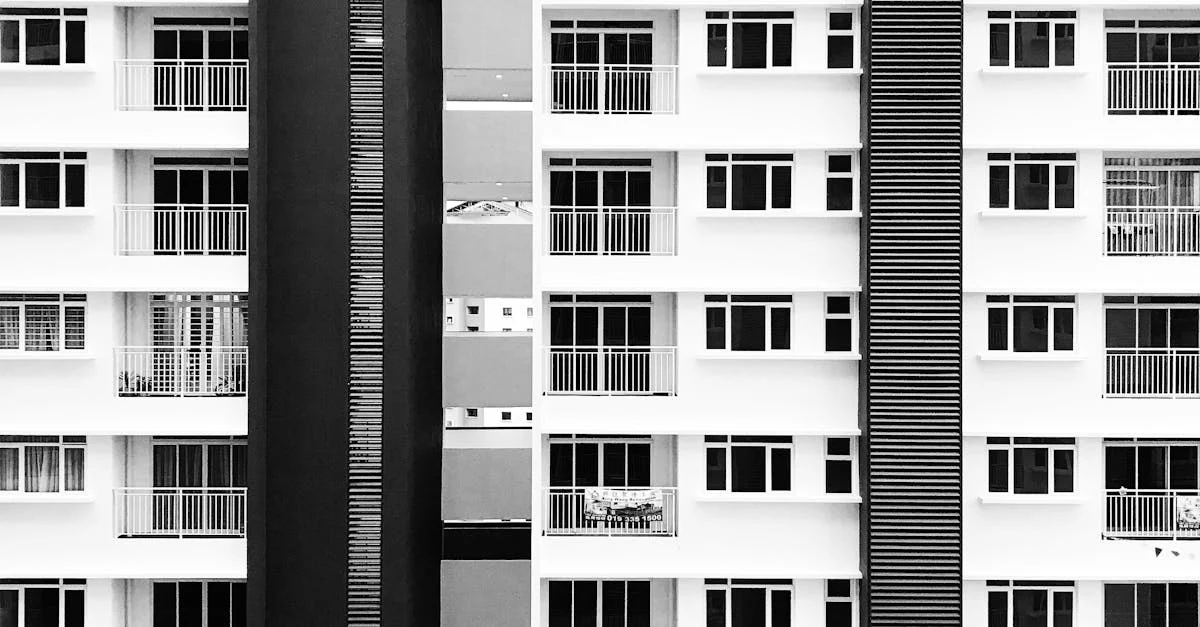In today’s fast-paced world, many people find themselves surrounded by clutter and distractions. Embracing a minimalist lifestyle can be a refreshing way to regain control over your life and environment. The process of decluttering is not just about getting rid of items; it’s about creating a space that promotes peace and clarity. By letting go of excess, you can focus on what truly matters, leading to a more fulfilling existence. In this article, we will explore the exquisite art of decluttering and delve into practical tips that can help you cultivate harmony in your life.
Main Points
- The importance of assessing your belongings.
- Strategies for effective decluttering.
- Benefits of adopting a minimalist lifestyle.
- Ideas to maintain a clutter-free space.

Understanding the Minimalist Mindset: The Philosophy Behind Decluttering
The Minimalist Living mindset transcends mere decluttering; it embodies a profound philosophy aimed at enhancing one’s quality of life. By stripping away excess, we often uncover what genuinely matters. Embracing minimalism doesn’t signify deprivation, but rather an intentional choice—focusing on experiences instead of possessions. This path requires reflection and a subtle realization that less can truly be more. It’s about creating space, both physically and mentally, which fosters clarity and peace.
Core Principles of Minimalism
- Intentionality: Prioritize what enriches your life.
- Quality Over Quantity: Invest in durable items that serve purpose.
- Mindful Consumption: Reflect before acquiring new possessions.
Implementing these principles can lead to various benefits of minimalist living, including reduced stress and increased freedom. Ultimately, embarking on a minimalist living journey allows individuals to align their surroundings with their true values.
Consider adopting a few minimalist living ideas to start your journey today. Every small step transforms chaos into calm, creating a more meaningful existence.
Practical Steps to Start Your Decluttering Journey: A Beginner’s Guide
Embarking on your decluttering journey may seem overwhelming, but breaking it down into manageable steps can help. First, consider starting with one small area, like a drawer or a closet. This method not only keeps you focused but also provides quick wins that boost your morale. Next, ask yourself if each item truly adds value to your life. Subsequently, categorize your belongings into keep, donate, and discard. As you gradually embrace Minimalist Living, you’ll find clarity and peace in your space.
The Benefits of a Minimalist Lifestyle: How Decluttering Transforms Your Space and Mind
Embracing a Minimalist Living approach can profoundly affect both your environment and mental clarity. By systematically removing excess belongings, you create a serene atmosphere that encourages relaxation and focus. This transformation not only enhances your space but also fosters a sense of control and wellbeing. It’s fascinating how a simplified environment can lead to clearer thought processes. Moreover, minimalism cultivates gratitude for what you have, allowing you to appreciate life’s true essentials.
Sustainable Decluttering: Eco-Friendly Tips for a Greener Minimalist Home
Creating a greener minimalist home involves embracing the concept of Minimalist Living while being conscientious about our environmental impact. Start by assessing items you no longer need, ensuring they are recycled or donated appropriately. This not only reduces waste but also promotes a circular economy. Additionally, opt for eco-friendly storage solutions. You can use sustainable materials that align with your aesthetic. Finally, be mindful of what you bring into your home, focusing on quality over quantity.
Eco-Friendly Decluttering Steps
- Assess Your Space: Evaluate each room and identify items that serve no purpose.
- Recycle Wisely: Research local recycling options for unwanted materials.
- Donate Thoughtfully: Find local charities that accept usable goods to extend their lifecycle.
Embracing sustainable decluttering not only cultivates a simpler lifestyle but enriches our planet. Choose wisely and live minimally!
Maintaining Your Decluttered Space: Tips for Long-Term Minimalist Living Success
To achieve lasting success in Minimalist Living, it’s crucial to adopt consistent habits. Regularly assess your belongings; ask whether each item sparks joy or serves a purpose in your life. Create a designated space for every item; this helps prevent clutter from creeping in over time. Establish a routine for decluttering—consider a monthly review. Additionally, embrace a mindful approach to consumption. Only acquire what you truly need. By doing so, you foster an environment that reflects your values in Minimalist Living.
Conclusion
In conclusion, embracing a minimalist lifestyle can profoundly impact our well-being. By adopting the principles of Minimalist Living and incorporating decluttering into our daily routines, we allow ourselves to reclaim space, both physically and mentally. This journey encourages us to reflect on what truly matters, fostering gratitude for the essentials in our lives. While it may seem challenging at times, the benefits of simplifying our surroundings are undeniable. Thus, even the smallest steps toward minimalism can lead to greater clarity and joy. Ultimately, making conscious choices about what we keep helps us cultivate a more meaningful existence.
Frequently Asked Questions
What is minimalism and how is it related to decluttering?
Minimalism is a lifestyle that emphasizes simplicity and the intentional removal of excess. It is closely related to decluttering because both practices focus on reducing possessions and creating a more organized and serene living space.
How do I start my decluttering process?
Begin by choosing a small area to declutter, such as a drawer or a single room. Sort items into categories: keep, donate, sell, and discard. Focus on one category at a time to avoid feeling overwhelmed.
What should I do with items I no longer need?
You can donate acceptable items to charity, sell them online or at a garage sale, recycle, or throw away anything that is broken or unusable. Choose the option that feels right for you and aligns with your values.
Is it necessary to have a specific number of belongings to be considered a minimalist?
No, minimalism is subjective and personal. There is no specific number of belongings that defines minimalism. It’s about finding what works for you and living with intention, rather than adhering to a strict limit.
How can I maintain a clutter-free space after decluttering?
To maintain a clutter-free space, practice the one-in-one-out rule: for every new item you bring in, remove one. Regularly reassess your belongings and be mindful of your purchases to avoid future clutter.



